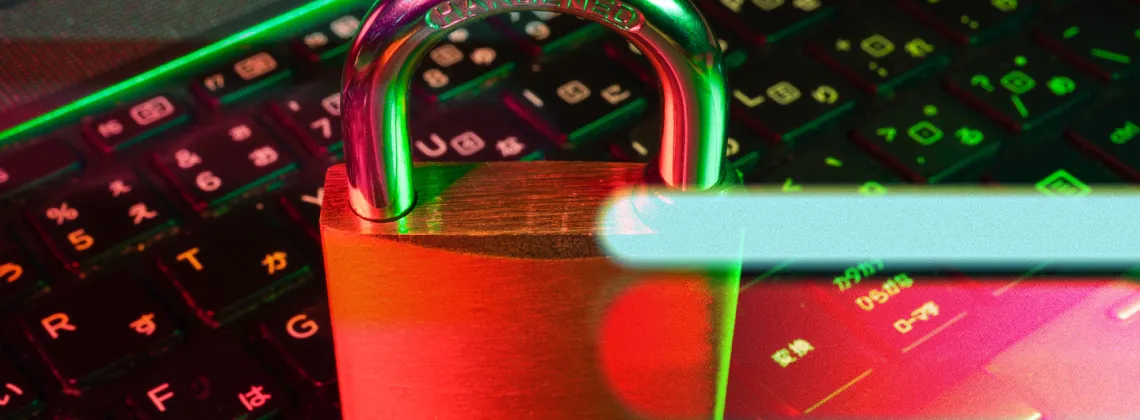Guides
Premium content!
Cyberattacks are soaring – here’s how to stop them

This content is available to Premium members only.
Already a Premium member?
Login to access this exclusive resource and avail of all your member benefits.
Login to your accountNot a Premium member yet?
Discover Premium membership today and unlock access to all the member benefits.
Explore Premium membership